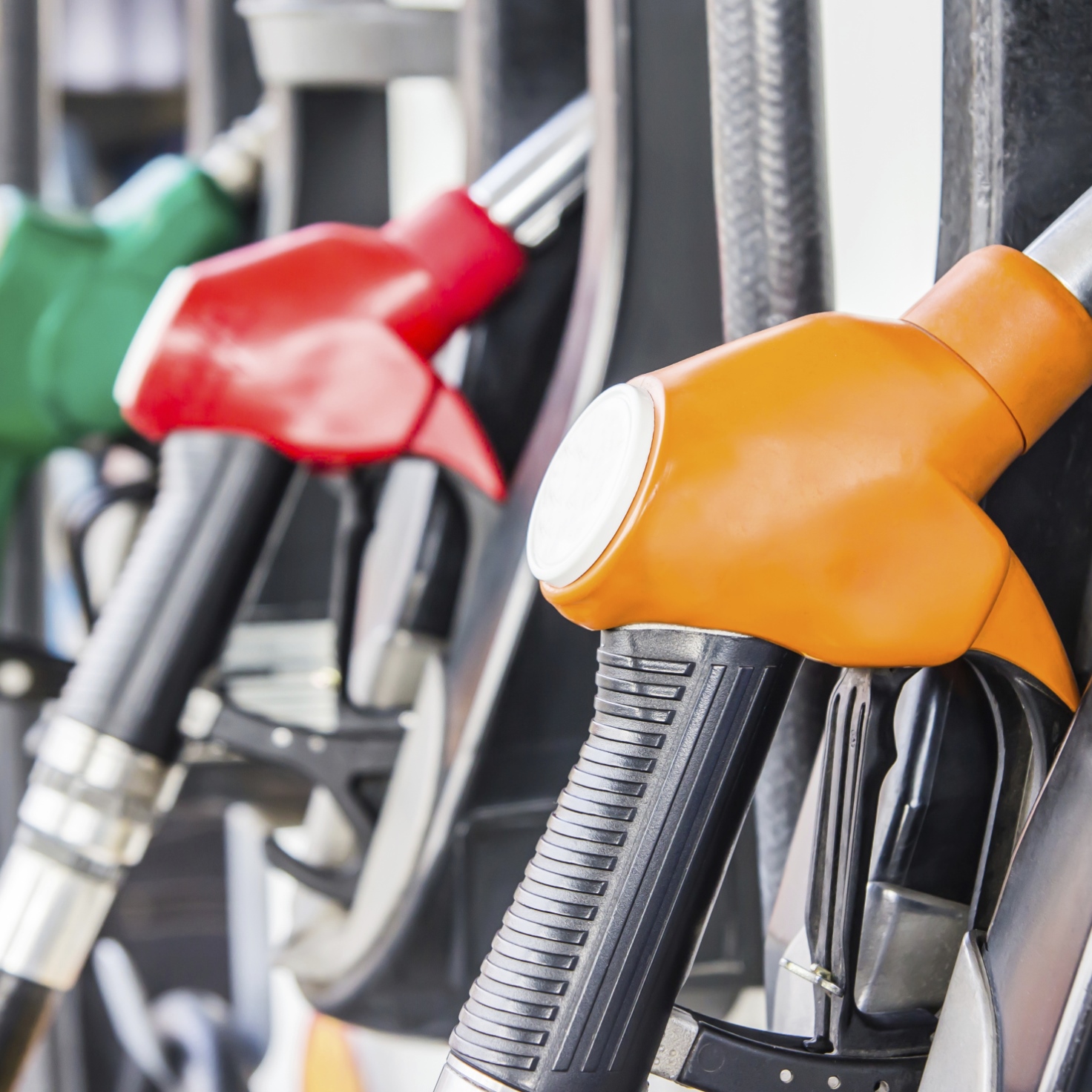
First the bad news: for a second consecutive week, U.S. gasoline prices rose. Now the good news: the increase amounted to just 0.3 cents per gallon compared to the prior week’s increase. Nationally, gas prices averaged $2.488 a gallon Monday, up from $2.485 last week and $2.378 a year ago.
Among the 50 states, 38 experienced gas price increases last week. In all but 10 states the average rose by just two cents a gallon.
Crude oil inventories fell by 7.4 million barrels last week, a signal for rising prices. But gasoline stockpiles rose by almost 5 million barrels and distillate inventories (diesel fuel, heating oil, etc.) rose an astounding 8.9 million barrels. Refiners are working hard to take advantage of favorable crack spreads and discounts of West Texas Intermediate (WTI) to Brent crude.
Patrick DeHaan, head of petroleum analysis at GasBuddy, said:
As unseasonable cold finally breaks across the country, what may not break as quickly [is] the unseasonably high gas prices. Prices at the pump are higher than they were nearly all of last summer, mainly because oil prices remain high and due to the extreme cold weather that caused some snafus at refineries. Inventories of refined products have seen an impressive build in the last week and there’s a strong likelihood that we may soon begin to see the national average falling toward the end of the month. I must caution motorists, however, that any downturn would likely be short-lived as gas prices typically begin moving higher after the sweetness of Valentines Day has worn off as refiners begin maintenance and the long road to summer gasoline begins.
States where prices moved most last week were: Indiana and Michigan (down seven cents); Ohio (down five cents); Minnesota and Connecticut (up four cents); Alabama, California and Idaho (up three cents); and Illinois and Kentucky (down three cents).
States with the lowest average prices last week included Missouri ($2.21); Arkansas and Oklahoma ($2.23); South Carolina and Mississippi ($2.25); Texas ($2.26); and Tennessee, Kansas and Louisiana ($2.27).
The highest average prices per gallon last week were reported from Hawaii ($3.30); California ($3.17); Alaska ($3.06); Washington ($2.88); Oregon ($2.77); Pennsylvania ($2.76); Nevada ($2.73); Connecticut ($2.69); New York ($2.67); and Michigan ($2.61).
WTI crude oil for February delivery traded up less than 0.1% shortly before noon Monday at $61.48, while Brent for March delivery traded at $67.58. The price differential (spread) between WTI and Brent crude narrowed by nearly a dime to $6.10 a barrel week over week.
Is Your Money Earning the Best Possible Rate? (Sponsor)
Let’s face it: If your money is just sitting in a checking account, you’re losing value every single day. With most checking accounts offering little to no interest, the cash you worked so hard to save is gradually being eroded by inflation.
However, by moving that money into a high-yield savings account, you can put your cash to work, growing steadily with little to no effort on your part. In just a few clicks, you can set up a high-yield savings account and start earning interest immediately.
There are plenty of reputable banks and online platforms that offer competitive rates, and many of them come with zero fees and no minimum balance requirements. Click here to see if you’re earning the best possible rate on your money!
Thank you for reading! Have some feedback for us?
Contact the 24/7 Wall St. editorial team.



